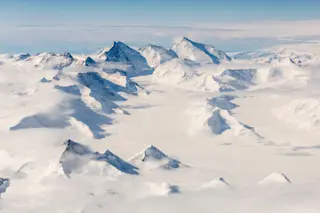Planets, in particular habitable planets, are so common in works of science fiction that there's a tendency to assume that they'd be common in the real Universe. There is little hard data to support that notion--not yet anyway. Just 15 years ago, the only planets astronomers knew where the nine that orbited one star: Sol. (I'm not attempting to promote Pluto-back-to-full-fledged-planethood, but it was considered a planet back then, hence the inclusion.) We have now identified over 490 planets (and counting) orbiting other stars. So although stars with planets seem to be fairly ubiquitous, perhaps even the rule rather than the exception, that still raises the question of the abundance of habitable planets.
Until recently the detection methods astronomers used for finding extrasolar planets has had a distinct bias--the planets we've found tend to be large, Jupiter-like, and close to their parent stars. Now the Kepler spacecraft
has just begun ...













